NASA Solar Dynamics Observatory captures strong solar flare eruption
NASA's Solar Dynamics Observatory has captured a strong solar flare eruption.
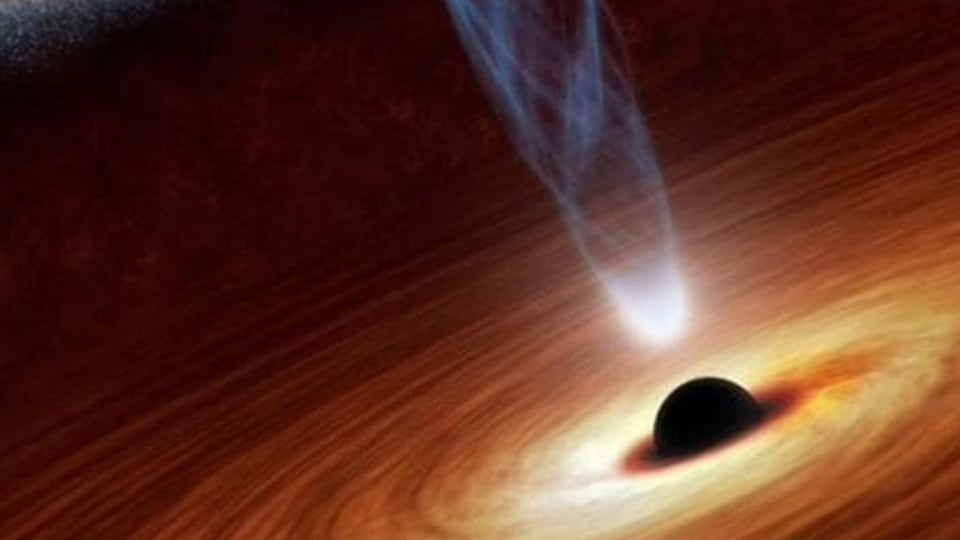

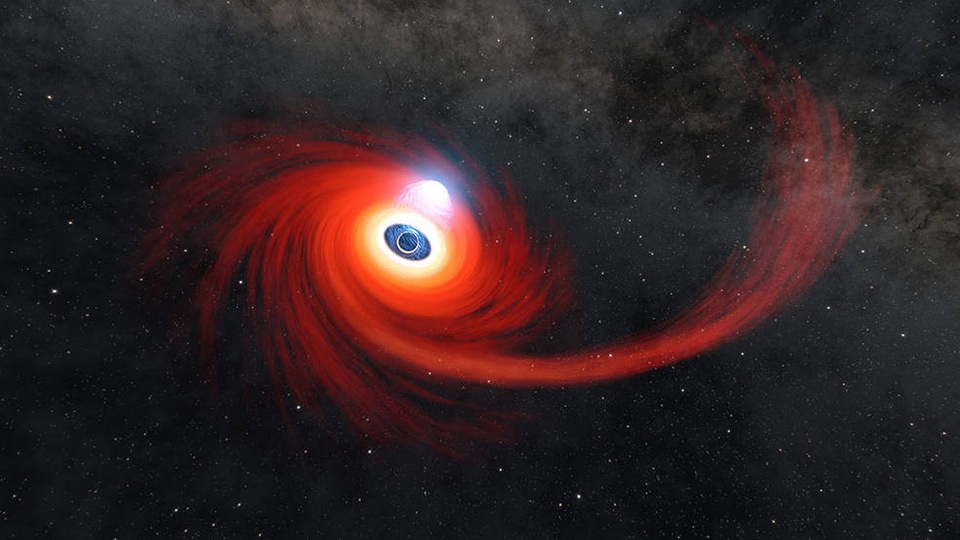
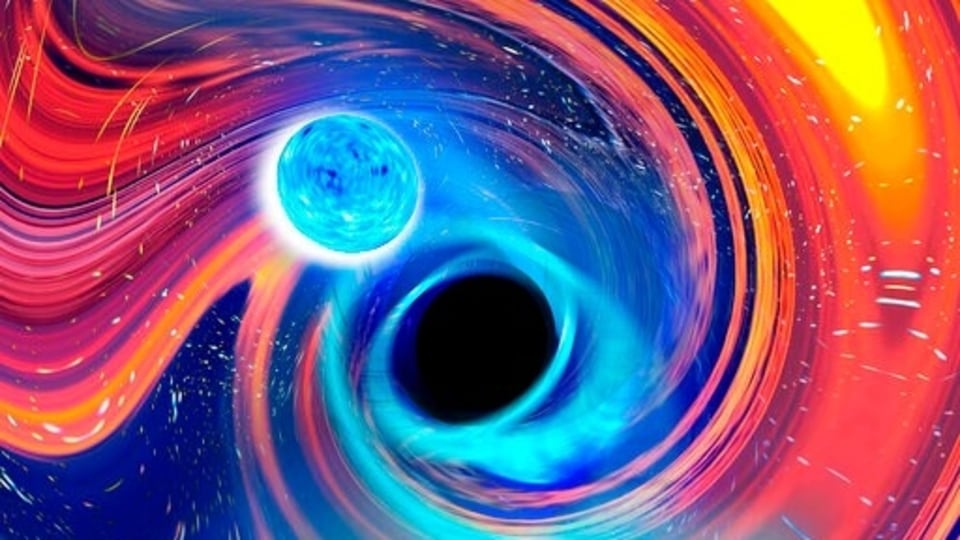
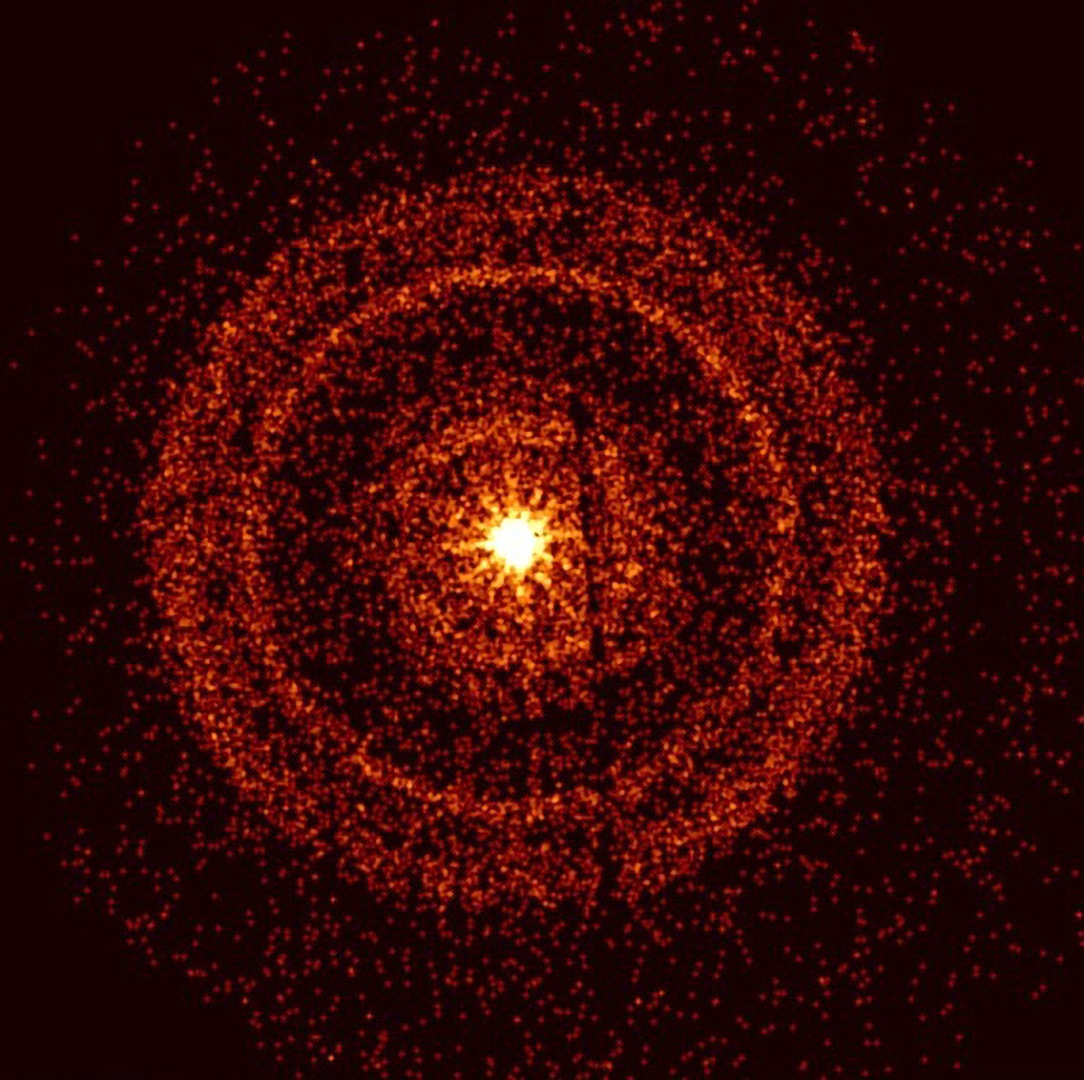
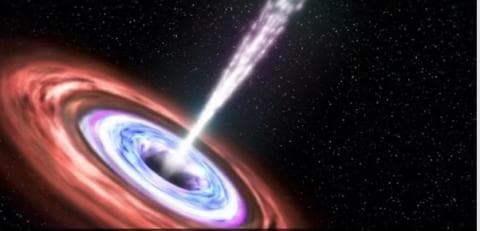
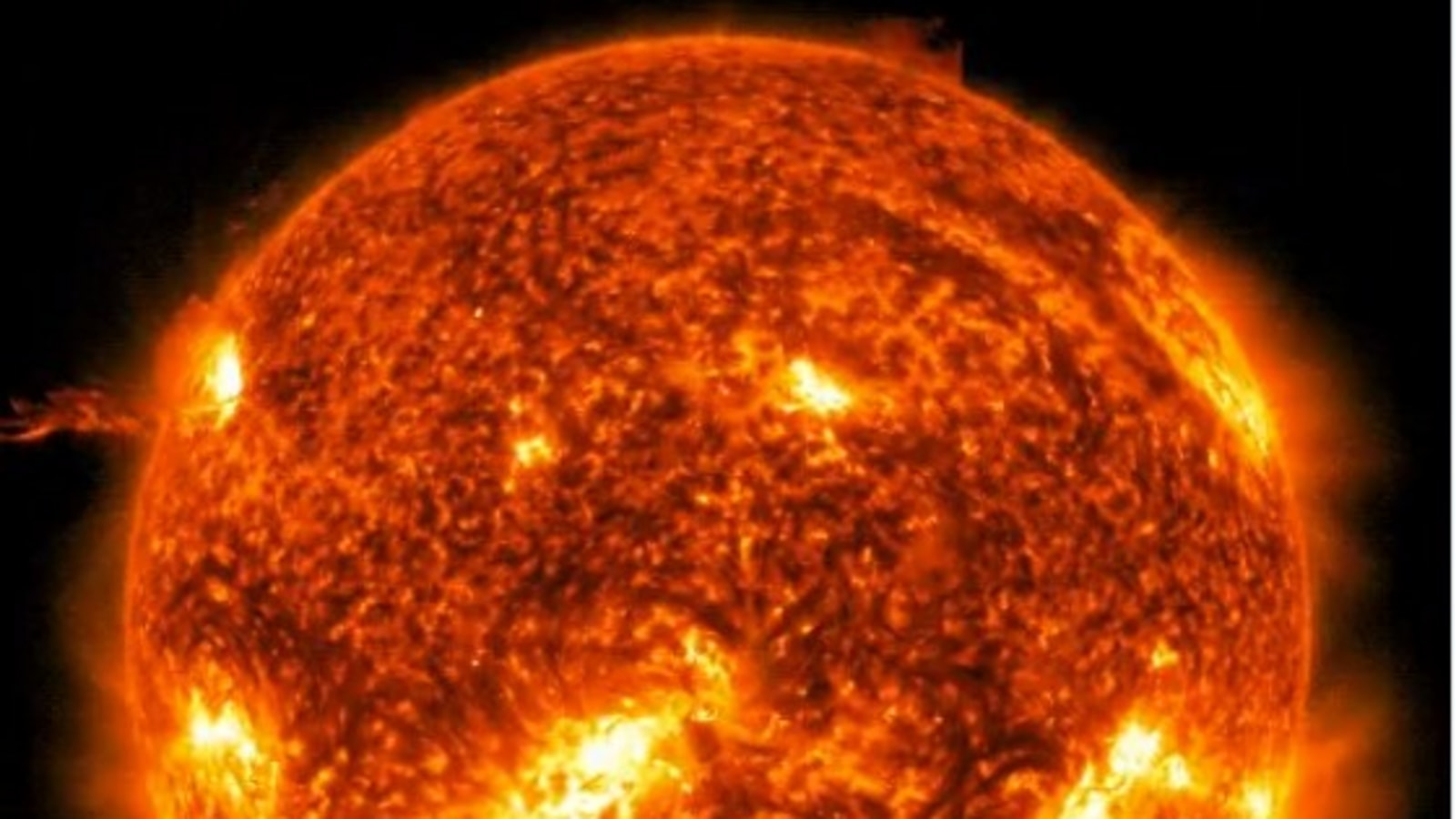
 View all Images
View all ImagesA strong solar flare has erupted on the Sun in early January and it has been captured by NASA's Solar Dynamics observatory. Informing about the same NASA Sun and Space tweeted, "#ICYMI: In early January of 2023, a strong solar flare erupted on the Sun. NASA's Solar in Dynamics Observatory captured the event." It can be known that eruptions on the Sun differ in various ways.
"Eruptions on the Sun differ in how they look, how they travel, and even in the way they impact us here on Earth. Solar flares and coronal mass ejections (CMEs) both involve enormous explosions of energy – and at times may even occur simultaneously," another tweet by NASA Sun and Space read.
The research organisation further explained the difference between solar flare and coronal mass ejections (CME). A solar flare is a powerful burst of energy that can be spotted as a sudden flash of light. Fun fact: Traveling at the speed of light, the energy from flares can take 8 minutes to reach Earth!, NASA said.
While coronal mass ejections – or CMEs – are large clouds of solar plasma and embedded magnetic fields released into space after a solar eruption. A CME can produce geomagnetic disturbances that ignite bright auroras or, at their worst, endanger astronauts in orbit.
Earlier NASA had said that Solar Flares can be predicted and this means timely action can be taken to mitigate the impact. Yes, scientists can now predict when and where the Sun's next flare might explode. The crucial role is that of Sun "Flashes". Flares and solar eruptions can impact radio communications, electric power grids, navigation signals, and pose risks to spacecraft and astronauts even.
"Using data from NASA's Solar Dynamics Observatory, or SDO, researchers from NorthWest Research Associates, or NWRA, identified small signals in the upper layers of the solar atmosphere, the corona, that can help identify which regions on the Sun are more likely to produce solar flares – energetic bursts of light and particles released from the Sun," NASA said.
They found that above the regions about to flare, the corona produced small-scale flashes – like small sparklers before the big fireworks. This information could eventually help improve predictions of flares and space weather storms – the disrupted conditions in space caused by the Sun's activity.
Scientists have previously studied how activity in lower layers of the Sun's atmosphere – such as the photosphere and chromosphere – can indicate impending flare activity in active regions, which are often marked by groups of sunspots, or strong magnetic regions on the surface of the Sun that are darker and cooler compared to their surroundings.
Catch all the Latest Tech News, Mobile News, Laptop News, Gaming news, Wearables News , How To News, also keep up with us on Whatsapp channel,Twitter, Facebook, Google News, and Instagram. For our latest videos, subscribe to our YouTube channel.





























